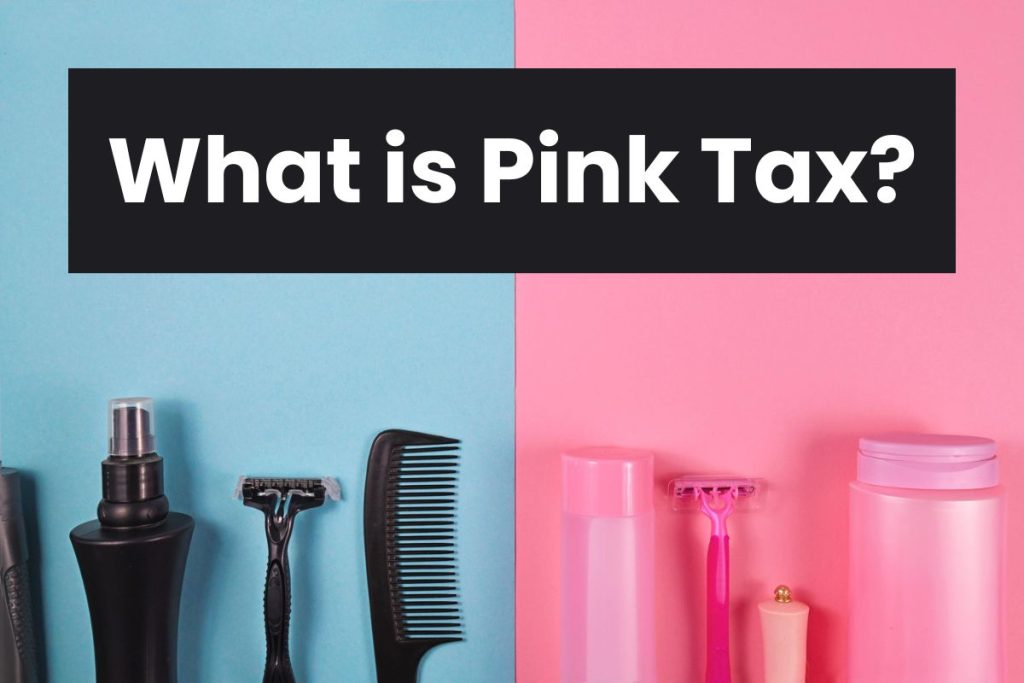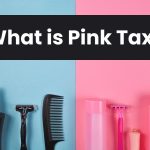Pink Tax: Gender inequality has been deeply rooted in a global society. While there are many lucid and evident kinds of discrimination, the Pink Tax is one of the invisible ones. Pink Tax is not any kind of imposed taxation but it is a concept which is present but unrecognised. This is specifically for women and applies to their financial stability in comparison to men.
The already gender pay inequality has already burdened the females in society and the concept of the pink tax adds to it in ways that women often do not indicate. Women have been bearing the undeserving stress of these taxes and this has been highly lethal for the standardisation of their personal taxes in comparison to men.

In the subsequent article, we tried simplifying the concept of Pink Taxes to develop an understanding of this unrecognised form of gender inequality. Further, there has been a regulation that many world organisation has imposed on these taxation strategies in order to build an inclusive society. There is a huge impact on women which we have strived our level best to describe. Read thoroughly to insightfully educate yourself on the matter.
Women Empowerment Speech in English
What is Pink Tax?
Definitions suggest Pink Tax as “Gender-based price disparities” or “tendency for products marketed specifically toward women to be more expensive than those marketed toward men”. These are basically not specific taxation that is imposed on women very evidently and lucidly. It is rather a phenomenon where the products indicated, manufactured, marketed, and designed specifically for the female gender tend to be higher in expense and price catalogue as compared to those for men.
Women have been unnecessarily tolerating the concept of inequalities in terms of payments for their employment. The concept of a pink tax adds to this toleration making the burden heavier and decreasing the effectiveness of the efforts that women make in order to gain substantial financial stability.
What are Pink Products and their taxation policies?
Pink Products are the kind of products that are nearly common for men and women but their design and manufacture differ to an extent making them rank differently in the price catalogue. For example, the price of shaving razors for men is much lower as compared to the ones constructed for women.
Even an uncomplicated difference in the colour makes the razor rank higher on the pricing scale. The same applies to the cotton white shirt which is almost the same in colour, design, making, and marketing. However, the mere placement of the products in gender-based categories makes them expensive.
The taxes are not separately imposed on women’s products. However, the higher pricing leads to the consideration of imbalanced financial imposition on women as taxation. This leads to top the assumption of the pricing difference as Pink Taxes.
Speech on International Women’s Day
Impact on Women
Women have been striving for ages to end the prevalent discrimination against them that has been borne out of gender pay inequality, misogyny, patriarchy, financial impression, mansplaining, and masculine domination. The concept of the Pink Tax puts them backwards in their constant efforts as they strive to attain financial balance.
The economic stability stands far from them in comparison to men who give in equal dexterity and diligence in the workplace but are paid more and have to spend less for similar products. This inequality needs to be addressed and realised as it is crucially and negatively affecting the efforts towards the feminist movement.
Regulation of Pink Taxation and Repealment
Governments in different parts of the globe have been making efforts in order to minimise the effects of the concept of Pink Taxes. However, since it is not an imposed taxation and is very subsumed in the pricing methods of the manufacturers and the sellers. Federal Agencies and the United Nations have recognised the concept and tried to reach a culmination where an imbalance in the pricing policy is addressed.
The taxation concept has not vanished and still exists. However, it has been reduced to a considerable level. There have been marketing slogans such as “Repeal the pink tax” for the respective campaign that has been running to fight inequality. However, they stand nullified as Pink Tax is not an imposed taxation that can be repealed.
Who benefits from Pink Tax?
As far as Pink Tax is concerned, it is a concept. It is recognised as the difference in pricing for Pink Products and Blue Products despite an indifference in manufacturing. The Governments have not been discriminating or imposing taxes on women for the purpose of earning. It is the manufacturing and the designing firms that have been benefiting from the price inequality.
Is Tampon Tax the same?
Tampon Tax refers to the taxation on products such as that of Menstruation that is not concerned with men. Women do pay a considerable amount of taxation on products such as Tampons, Sanitary Napkins, Menstrual Relief Kits, and more. However, men do not pay these taxes as they do not buy them. This is a direct tax that is imposed on women and not a concept.
Hence, the tampon tax is very different as compared to Pink Tax. While products such as Make-up ones are also considered under “Tampon Tax” products, the rise of men and their purchase of these products is a step forward in the policy of equal taxation.
Efforts in Providing Relief against Pink Tax and Tampon Tax
Nations such as Australia, Canada, India, and Rwanda have taken a step forwards and tried diminishing the Tampon Tax. This has provided financial stability to women who are able to manage their personal economies better due to less expenditure. In terms of the Pink Tax, the minimization shall be a collaborative effort.
Women are largely impacted by the imbalance of differed pay and any further due to the differences in pricing of Pink and Blue Products that unwillingly dominated them in an already male-dominated society.





